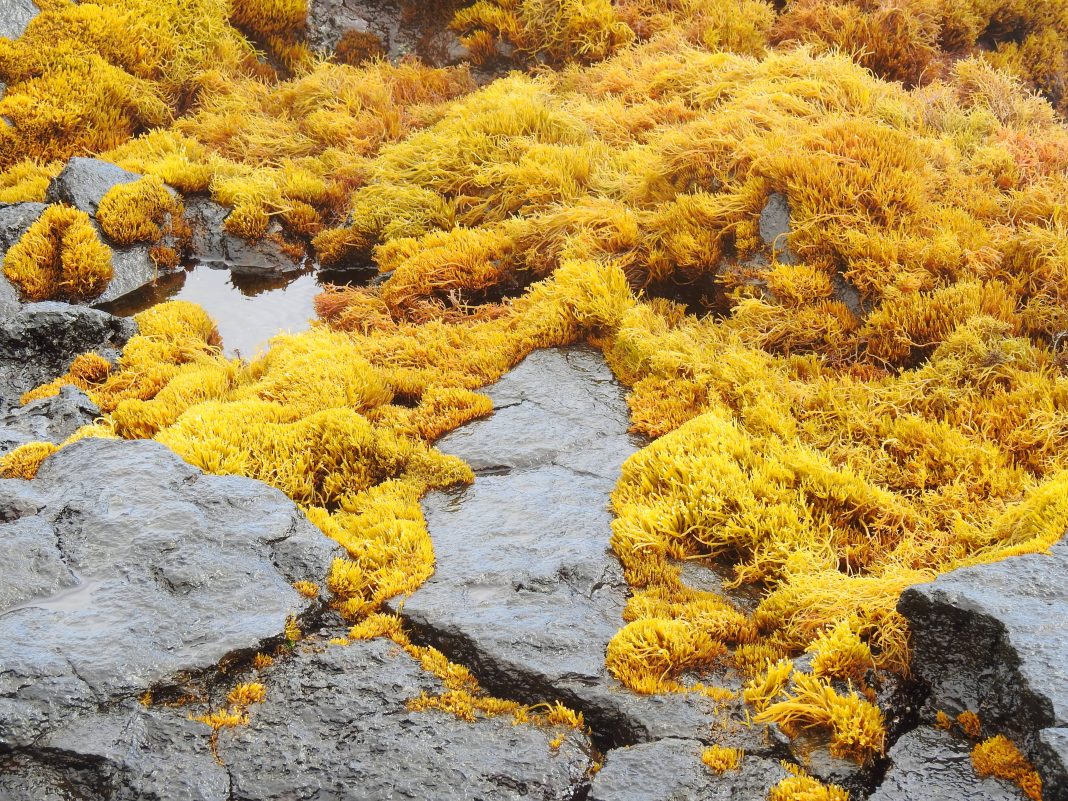A decaying 5,000-mile seaweed threatens Florida as it sneaks closer to its shorelines.
Dubbed the Great Atlantic Sargassum Belt, this is an immense bloom of brown algae that springs from the coast of West Africa to the Gulf of Mexico. It is the biggest seaweed bloom in the world, weighing almost 20 million tons, and is visible from outer space.
Florida’s southwest coast is experiencing a flare-up of this toxic red tide algae igniting anxiety among residents who are complaining of burning eyes and breathing problems. Dead fish have washed up on beaches.
Seaweed and Climate Change
While the outcomes of the Sargassum Belt have troubled scientists in the past 10 years, experts say this year’s bloom is chiefly frightening, according to a report by Denise Chow for NBC News.
As climate change causes ocean temperatures to rise, it creates a more ideal environment for the algae to thrive.
A study in 2019 implied that deforestation and fertilizer use may be responsible for the alarming rate at which the mass is growing – the effects of which are all aggravated by climate change.
“I think I’ve replaced my climate change anxiety with sargassum anxiety,” Patricia Estridge, CEO of Seaweed Generation, told The Guardian.
Furthermore, as beached sargassum dies and rots, it has a “distinct rotten-egg smell,” which has caused a huge problem for the tourism industry in both Mexico and Florida.
Detrimental effects
While the thick mat of algae can provide a habitat for marine life and absorb carbon dioxide, the giant bloom can have devastating effects as it gets closer to the shore.
Coral, for instance, can be deprived of sunlight. As the seaweed decomposes, it can release hydrogen sulfide, destructively affecting the air and water and triggering respiratory issues for the people within the vicinity.
Brian Barnes, an assistant research professor at the University of South Florida’s College of Marine Science, said that the sargassum can threaten critical infrastructure if it remains in coast waters.
“It can block intake valves for things like power plants or desalination plants. Marinas can get completely inundated and boats can’t navigate through,” Barnes said.
NOTE: Photo above is from Pexels

